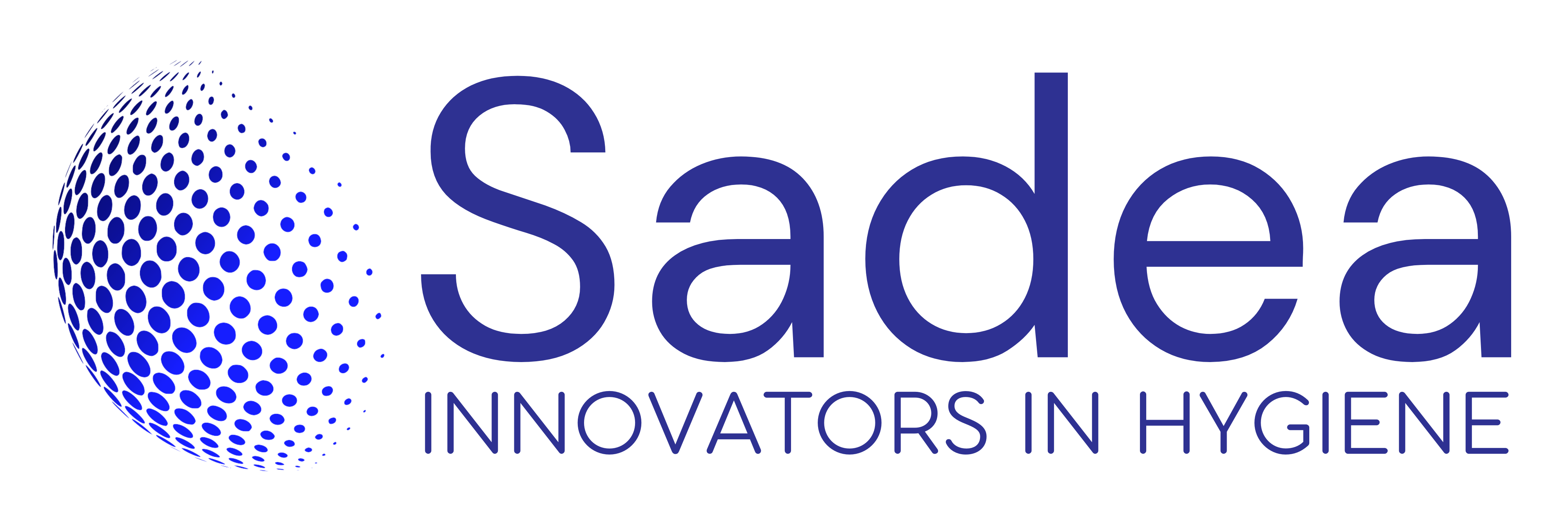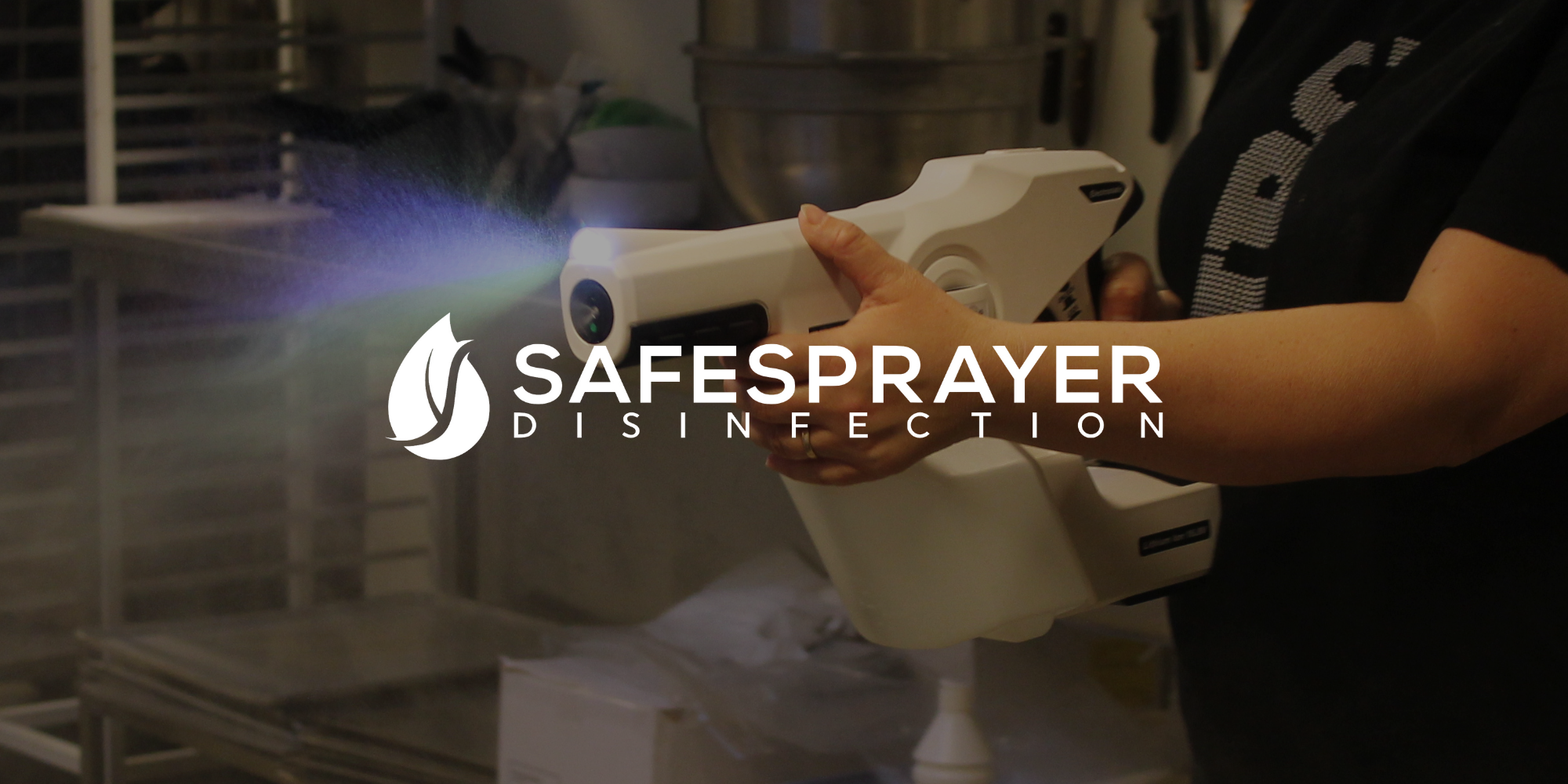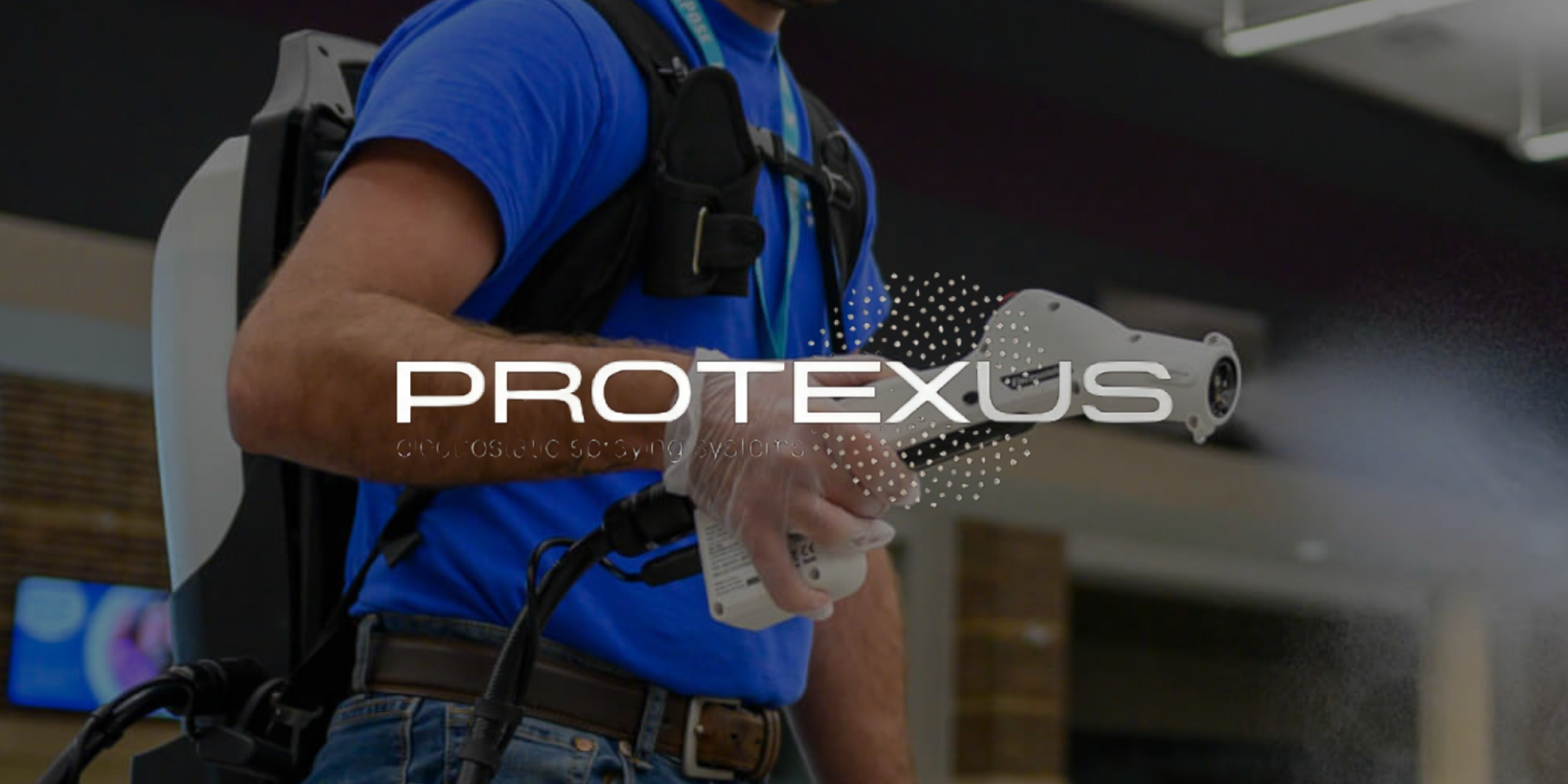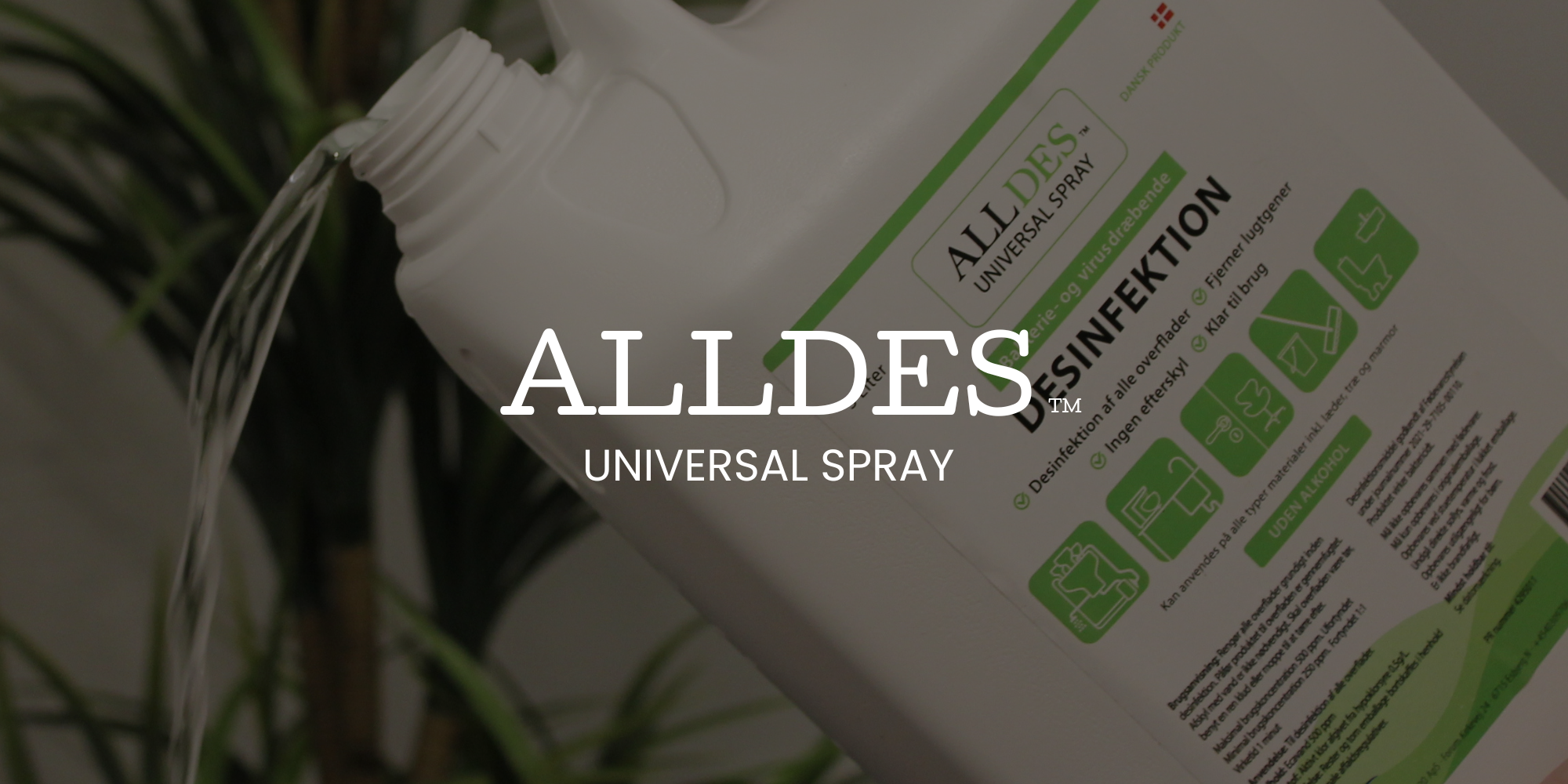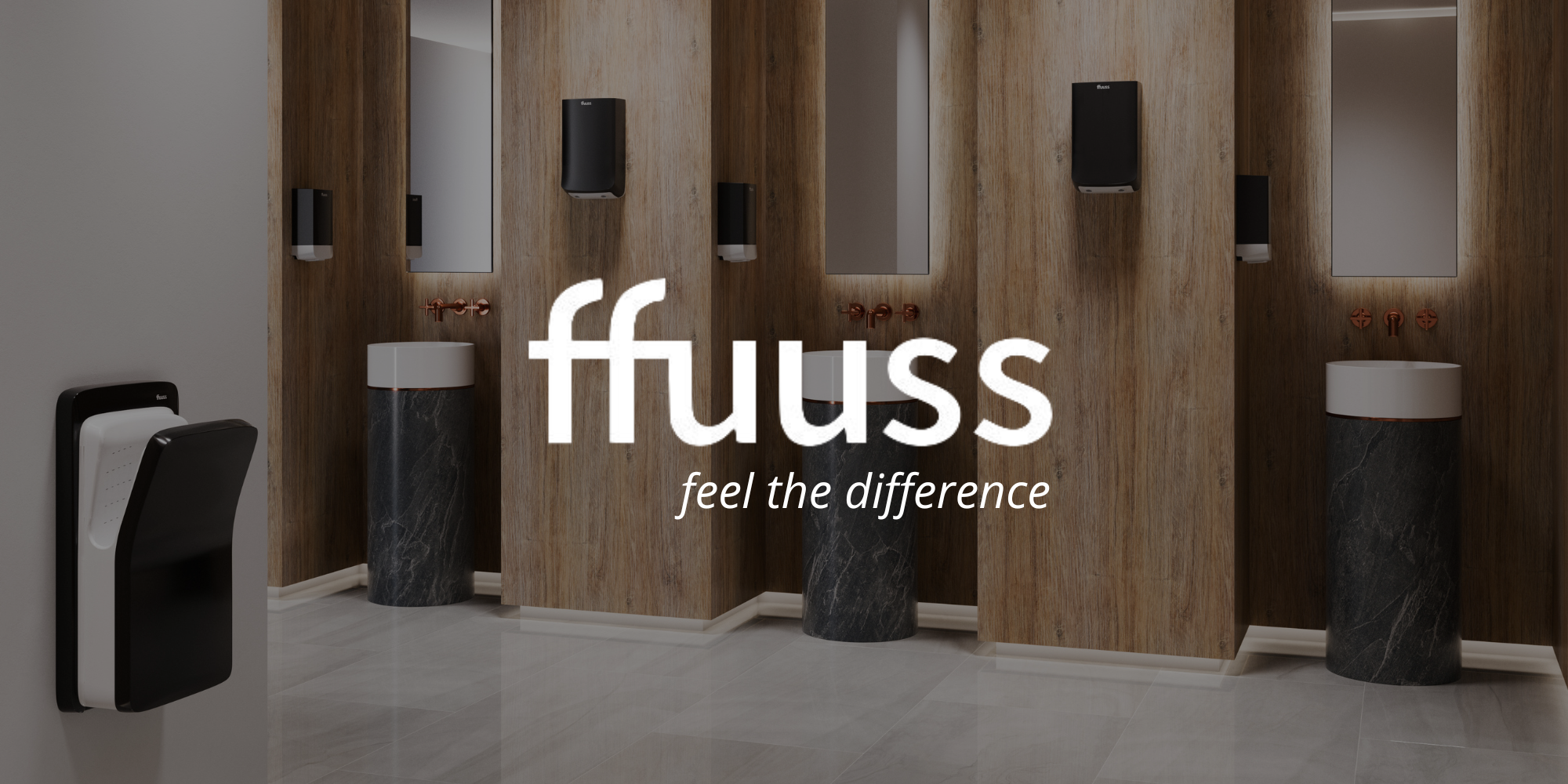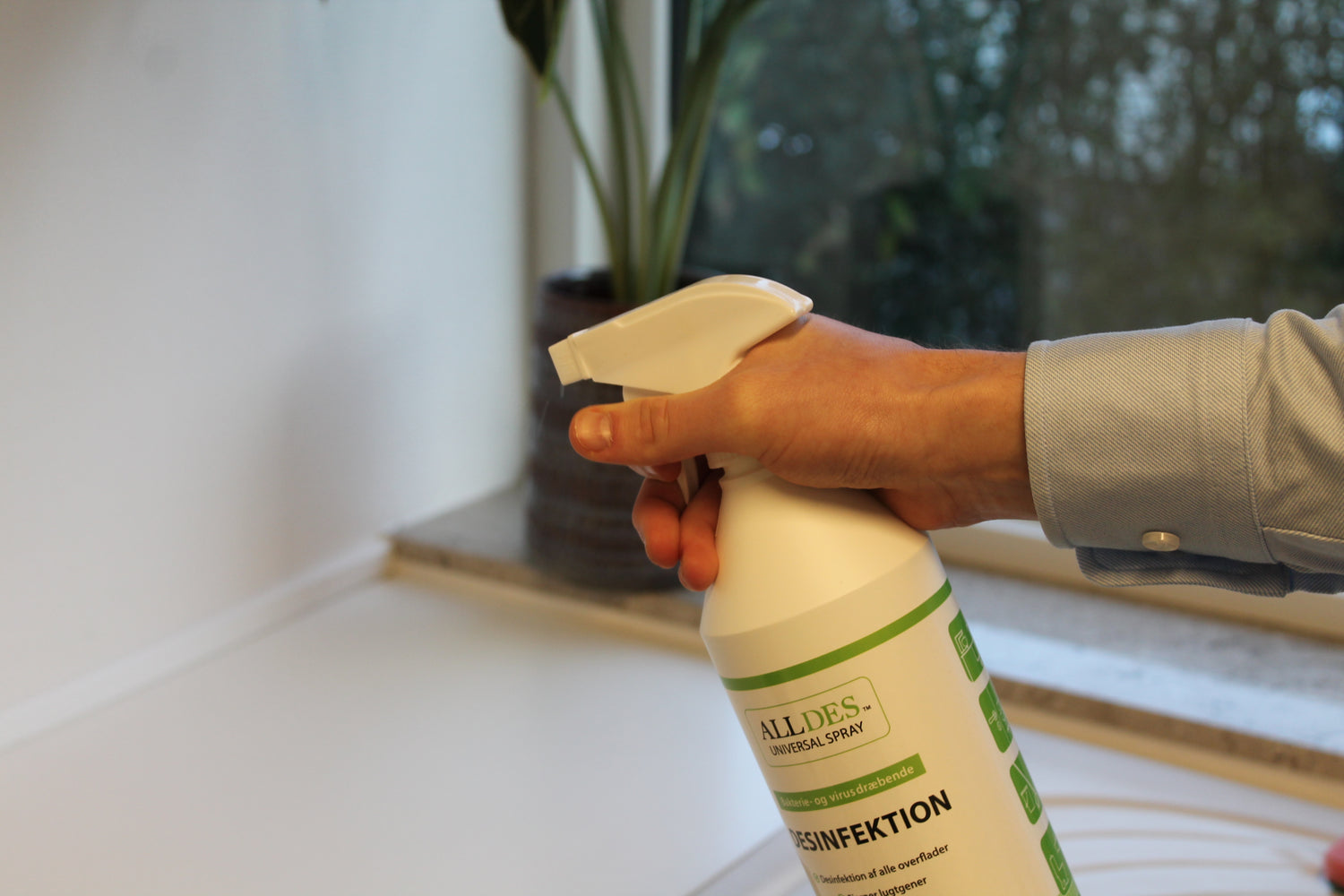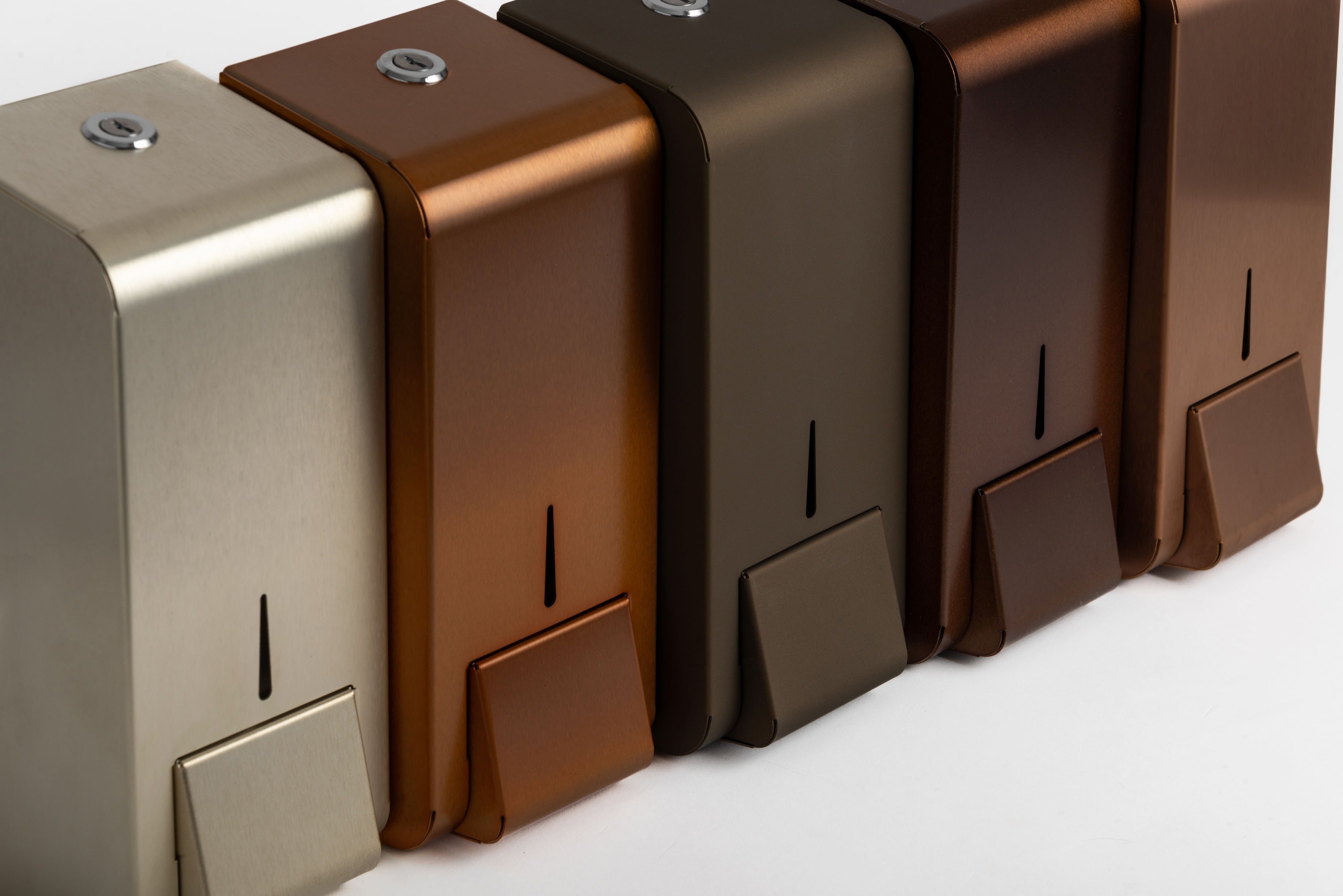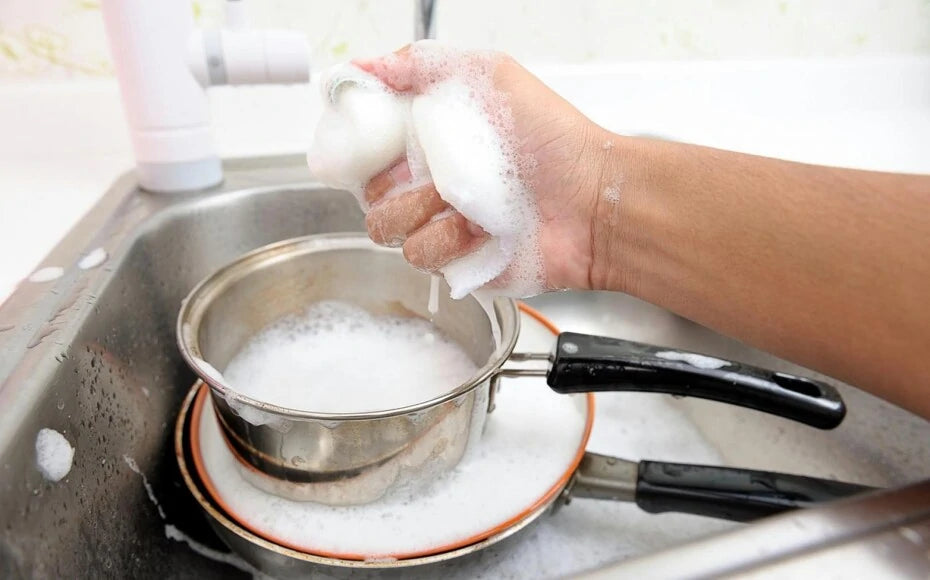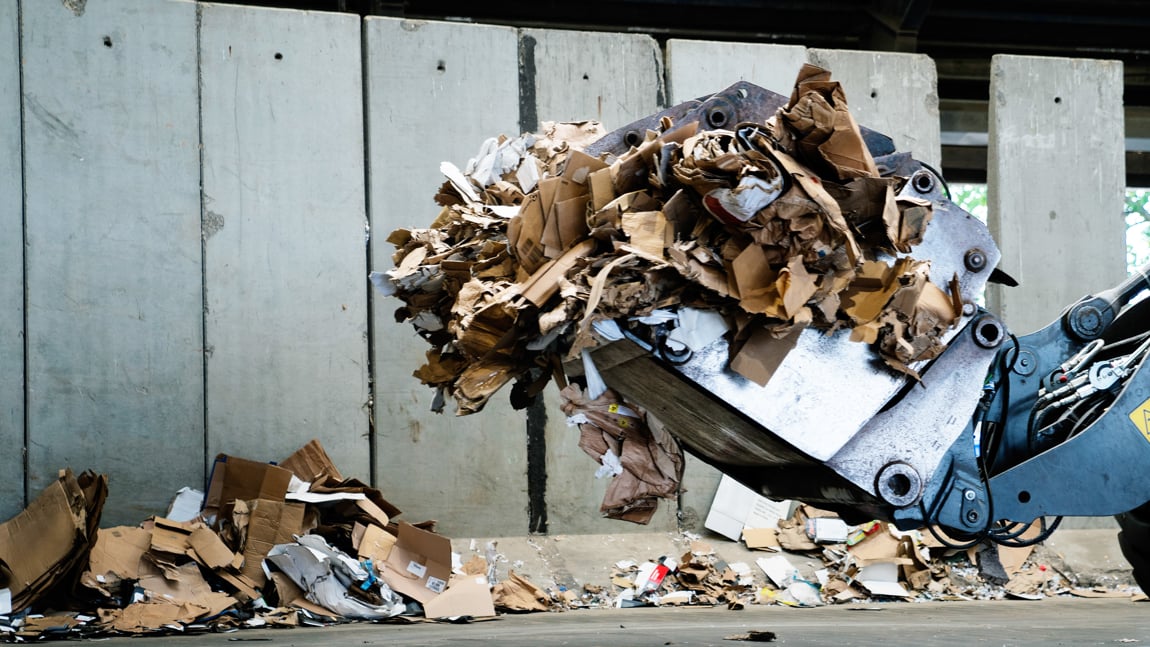In a catering business, it is essential to maintain high hygiene standards to ensure food safety and prevent the spread of disease. Commercial kitchens, where large quantities of food are prepared and handled, require special disinfection methods to keep the environment clean and safe. In this guide, we will go through step by step how to best disinfect your commercial kitchen and how you can integrate ECA water (electrochemically activated water) as an effective disinfection method.
Step 1: Preparation
- Develop a cleaning plan: Develop a detailed cleaning and disinfection plan that specifies which areas need to be cleaned, which agents will be used, and how often cleaning should be done.
- Train staff: Ensure all staff are trained in proper cleaning and disinfection techniques.
- Gathering equipment: Make sure you have all necessary cleaning equipment ready, including brushes, cloths, scouring pads and disinfectants.
Step 2: Thorough cleaning
Before disinfecting, perform a thorough cleaning to remove visible dirt and food residues.
- Remove trash: Empty all trash cans and remove visible trash from workstations.
- Dishwashing: Wash all utensils, pots and pans in warm, soapy water.
- Surface cleaning: Scrub work tables, cutting boards, walls and floors with suitable cleaning agents.
Step 3: Introduction of ECA water
ECA water is an effective and environmentally friendly disinfection method that kills bacteria, viruses and other microorganisms using the electrolysis of salt water. Here's how to integrate ECA water into your disinfection process:
- Preparation before application: Fill ECA water in disinfectant sprayers or apply directly from trigger sprays/spray bottles.
- Application: Spray ECA water on all surfaces to be disinfected. Make sure all areas are covered, including hard-to-reach areas.
- Contact time: Leave the ECA water on the surfaces for the recommended contact time to ensure maximum effect. The contact time on ECA water is 1-2 minutes, after which it will have evaporated after 5-10 minutes.
Step 4: Post-processing and control
- Wiping: After the contact time has passed, wipe the surfaces with a clean, dry cloth, unless the manufacturer of the ECA water states that it can air dry (a so-called no-rinse claim).
- Check: Carry out a check to ensure all areas are properly cleaned and disinfected. If necessary, use ATP measurement (adenosine triphosphate) to measure the cleanliness level of the surfaces.
- Documentation: Document the cleaning and disinfection activities in your cleaning log. This is important to maintain traceability and comply with food safety standards.
Benefits of using ECA water
- Effectiveness: ECA water is highly effective against a wide spectrum of microorganisms.
- Environmentally friendly: It is an environmentally friendly solution, as it does not contain harmful chemicals and breaks down quickly into water and salt.
- Safety: It is safe for both personnel and food, making it ideal for use in food industries.
Conclusion
Maintaining a high standard of hygiene in commercial kitchens is essential for any catering business. By following this guide and integrating ECA water into your disinfection routine, you can ensure a clean and safe environment for both your employees and your customers. Remember that continuous training and monitoring is key to maintaining these standards over the long term.
